Plassey or Palashi is a small village in Nadia district of present Indian state of West Bengal. The place is highly recognized for the battle of 1757, fought between the forces of the British East India Company and Nawab Siraj Ud-Daulah. A historic encounter that led to the country’s fate for next 190 years. Battle of Plassey history is therefore, more regarded as the beginning of British dominance in India.
The battle of Plassey was fought on 23 June 1757, between the private forces of East India Company and joint forces of Nawab Siraj Ud-Daulah and his French allies.
Robert Clive led the British troops. But on the other side, Mir Jafar, commander in chief of Siraj ud Daulah, eventually turned out a traitor. A major part of Nawab’s army remained inactive on his order. As a a result, only 3,000 British soldiers were proved stronger than Nawab Siraj’s 50,000 soldiers on that day. Battle of Plassey, therefore, very easily went in favor of the British.
The battle of 1757 eventually concluded independent Nawab rule in Bengal. Robert Clive, the British Commander in chief promoted With British military superiority in the region, Robert Clive, established his puppet as new Nawab of Bengal, ensuring maximum revenue for British treasury. The decisive British victory also uprooted French military base from Bengal.
The Plassey Battlefield
Plassey village of Nadia is located at 180 kilometer north of Kolkata, on the eastern bank of River Bhagirathi. As the river shifted further east in next centuries, a major portion of Plassey battlefield is now washed away. Surviving part of the historic battlefield hides beside Plassey Sugar Mill today, on the eastern bank of river Bhagirathi.

A war memorial of Plassey now stands at the battlefield, commemorating the martyrs of the battle. The monument is locally famous as Palashi Monument. A golden statue of Siraj ud Daulah was also added in 2007, on the 250th anniversary of the battle.
Archaeological Survey of India now preserves the war memorial.
Background of the Battle of Plassey in 1757
Internal family politics was the primary reason that led to the conspiracy and betrayal on the day of the battle. Siraj had maintained good relations with the French. So, reasonably Siraj’s opposition would definitely go for ally with the British, toughest rivals of the French.
But Siraj completely lacked the ability to handle the situation diplomatically. As a result, his downfall didn’t took more than a year.
Death of Nawab Alivardi Khan and selection of Siraj
Siraj Ud-Daulah succeeded his maternal grandfather Nawab Alivardi khan in 1740 CE. Hence, Nawab Alivardi regarded Siraj as the most fortune child of the family. Siraj’s birth (1733 CE) brought his rise to power, when Shuja Ud-Din, Nawab of Bengal province then, promoted him as Subahdar of Bihar. Earlier, Alivardi Khan was just a Faujdar of a small province Rajmahal.
Siraj also accompanied Nawab Alivardi in few military campaigns. Containing the invading Maratha army in 1746 was the most prominent expedition of young Siraj. As a result, with a special affection, Nawab already had declared Siraj as next Nawab of Bengal in 1752 itself. After Alivardi died in 1756, Siraj was the automatic choice to ascend the throne of Nawab.

Other contenders obviously couldn’t digest the rise of Siraj so easily which began the conspiracy against him. But Siraj’s aggressive approach was equally responsible for this.
Ghaseti Begum and seize of her wealth
Ghaseti Begum, maternal aunt of Siraj, was one of his arch rivals. She actually possessed huge amount of wealth, and hence was very influential. Motijheel Palace of Murshidabad was famous as Ghaseti Begum’s palace. However, sensing her engaging in a conspiracy, Siraj captured all her wealth.

Siraj’s rude act made his other rivals feel more insecure. It further boosted the ongoing conspiracy, forming a strong, joint ally against Siraj.
Reshuffling high authority positions
Siraj ud-Daulah, after ascending the throne of Nawab, immediately made few changes in his high authority posts. Mir Jafar had withdrawn his forces during the Battle of Burdwan against the Marathas, until Nawab Alivardi and Siraj reached the battlefield. Therefore, relationship between Mir Jafar and Siraj Ud-Daulah was never a good one. He replaced Mir Jafar the post of Bakshi (paymaster to the army) with his trusted person, Mir Madan.
Removing Mir Jafar further added one more chapter to the ongoing conspiracy against Siraj. The conflict of interest had taken the Siraj and Mir Jafar relation to the ultimate worse. However, Siraj had compromised with Mir Jafar later, and appointed him as his army commander. But unfortunately that didn’t work. Mir Jafar still continued to contact with the British to form an ally against Siraj.
Conflict with the British East India Company
The power rivalry between France and England was already on peak during the period. With Seven Years’ War already inflicted in different part of the world, both started improving fortification in Bengal as well.

British East India Company (EIC) started their fortification in Bengal without seeking any permission from Nawab Siraj ud-Daulah. They didn’t even stop their constructions despite Nawab’s repetitive orders. Siraj finally reacted in anger. A strong army of 3,000 soldiers surrounded the British fort and factories at Cossimbazar. He put many British officials into the prison.
Siraj’s act temporarily put a stoppage of British fortification near Murshidabad. But the relation between British and Siraj Ud-Daulah certainly declined. British EIC therefore, joined the ongoing conspiracy against Siraj. William Watts was one among the prisoners who later managed to convince Mir Jafar to go against Nawab in the Battle of Plassey.
Capture of Fort William and the Black Hole Tragedy
Nawab Siraj soon realized about the Company’s involvement in instigating few members of his own court. Fortification around Fort William without his permission was also indigestible to Siraj. Hence he didn’t stop after capturing the Cossimbazar factory only. He further advanced towards Calcutta, attacked and seized Fort William. Fort William didn’t have enough resource to resist Nawab’s strong army.
John Holwell, the British commander in chief, already had ordered his soldiers to escape out of the garrison. Despite of that, 143 British soldiers, including Holwell himself, were captured end of the day.
/GettyImages-80665453-5c6f2dc0c9e77c000151ba10.jpg)
On the night of the seize, 20 June 1756, all captured British soldiers were sent into a small room. But the 14 x 18 feet small dart room, lacked enough air circulation for all the soldiers to survive till next morning.
Next morning, when the room gate was opened, only a few of them could walk out. Most of the soldiers had died of suffocation. Entire world therefore, remembers 20 June, the Black Hole Day of Calcutta. The tragic incident also added an emotional angle to the British Siraj rivalry.
Robert Clive’s arrival in Calcutta: Ally with Mir Jafar
The Black Hole Massacre of Calcutta, along the seize of Fort William had acted as a catalyst to the Battle of Plassey. Company sent Colonel Robert Clive and Admiral Charles Watson from Madras with necessary reinforcements. By February 1757, Clive managed to recapture Fort William.
Robert Clive marched towards north with more aggression. On 23 March 1757, Clive seized the French fort of Chandernagar (currently, Chandan Nagar). Nawab Siraj went furious with the act from Robert Clive. He rearranged his troops and started marching towards Chandernagar.
Robert Clive was very much aware about the fact that his army can’t beat Nawab’s army; comprising of 50,000 soldiers, including 20,000 cavalry. Nawab Siraj also had the French support, and about 40 canons of 32, 24 and 18 pounders. On the other hand, Robert only had 3,000 soldiers’ troop with 8 field guns and 2 small howitzers.

Therefore, with support of William Watts, Clive secretly met Mir Jafar at his house in Murshidabad. Robert Clive had also promised Mir Jafar to make him the next Nawab after they successfully execute Siraj.
Siraj and Jagat Seth Relationship
Jagat Seth was the another extremely rich, influential banker of Bengal of that period. Siraj ud Daulah and Jagat Seth unfriendly relation was therefore another key factor that went against Siraj. Jagat Seth certainly felt insecure about his countless wealth.
In order to protect his wealth, the richest banker of Bengal shook hand with Mir Jafar to uproot Siraj. He also agreed to bear all the necessary expenses for the British army to launch a campaign against Siraj. Mir Jafar secretly contacted Robert Clive and asked for his support to remove Siraj.
The joint alley of Jagat Seth, Mir Jafar and Robert Clive prepared the plan but Siraj soon sensed about this plan. He immediately attacked Mir Jafar’s house (just before the battle). Mir Jafar, having no option left, promised Nawab to extend his full support against the British. In this reconciliation, Nawab promoted Mir Jafar as a commander of one big section of his army.
It put Clive into a great dilemma. After a long discussion with his officers, and referring to their success in two recent attacks, Clive decided to march forward.
The Battle of Palashi
The two sides finally met on 23 June, near the village of Palashi for the historic Battle.
Nawab divided his army into 3 major wings. Mir Jafar was leading the left wing, the closest arm to the British. The French wing had set up a small artillery troop. Mir Madan was leading the right wing. Both side started defensively. First three hours of battle didn’t show any noticeable progress. So, Clive thought for a surprise midnight attack and planned to withdraw his troops for time being. But, before taking the final call, he went for detailed discussion with his officers.

Heavy afternoon rain brought major impact in the battle of Plassey. British artillerymen acted smartly to cover their guns and ammunitions. On the other side, all of Nawab’s artilleries completely drenched and became non-functional. Mir Madan then decided to advance with his cavalry, assuming the British artilleries also went non-functional.
But the British retaliated with heavy artilleries. Mir Madan died on the battlefield, heavily injured in an artillery shot. Heavy artillery firing and Mir Madan’s death had disarrayed Nawab’s men completely.
Nawab Siraj immediately called Mir Jafar at his tent and ordered to continue the attack to the British. But Mir Jafar, sensing the opportunity, urged, refused and finally left the tent. Soon after, the other commander of Siraj, also withdrawn his troops.
In such situation, Nawab Siraj didn’t have any option left but retreat behind. He accordingly ordered Mohanlal to approach back towards Murshidabad. At about 14:00 hours, Nawab’s army started returning back leaving the French artillery troop alone in the battle field.
Bengal after the Battle of Plassey
Siraj was deeply disturbed, with the betrayal from his major commanders, refusing his orders at the last moment. He also sensed his life threat. Hence, he retuned Murshidabad on night of 23 June and planned to escape.
But Mir Jafar, the main traitor of historic Battle of Plassey, didn’t return to Murshidabad immediately. He sent a letter to Robert Clive, in the evening on 23rd, willing to meet him. Clive met Mir Jafar on the next morning. Realizing everything, he ordered Mir Jafar to march for Murshidabad and capture and execute Siraj ud-Daulah.
Execution of Siraj ud Daulah
Mir Jafar reached Murshidabad on 24th June evening. Same night Siraj disguised and escaped with his wife and valuable jewelries towards Patna. Mir Jafar realized it and immediately sent multiple search parties to capture Siraj.
On 2 July 1757, Siraj reached Rajmahal. But to his fate, a local commander identified him. He immediately captured Siraj and handed over to Mir Miran, eldest son of Mir Jafar.
Mir Miran executed Siraj ud-Daulah on the same night of 2 July 1757. His body, was however, taken back to Murshidabad and buried at the tomb of Alivardi Khan. The end of Siraj ensured the British took complete control over Bengal.
Rule of Puppet Nawabs in Bengal
Robert Clive reached Murshidabad and declared Mir Jafar as the new Nawab of Bengal. But despite of being a Nawab of Bengal, he remained a puppet to the British. He kept sharing majority of Nawab’s revenues to the British. Therefore, many historian call Mir Jafar as first Dependent Nawab of Bengal as well.
Loss in the Battle of Plassey eliminated all political stake of French army from Bengal.
However, Mir Jafar soon realized his lack of authority. He started encouraging the Dutch. By the end of 1759, the Dutch sent support with 1400 men in seven large ships. But Clive defeated the Dutch army in the Battle of Chinsura on 25 November 1759. He then deposed Mir Jafar and installed Mir Qasim as the next puppet Nawab of Bengal.
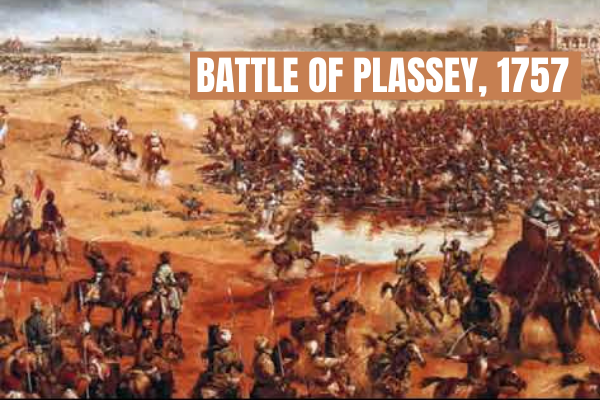
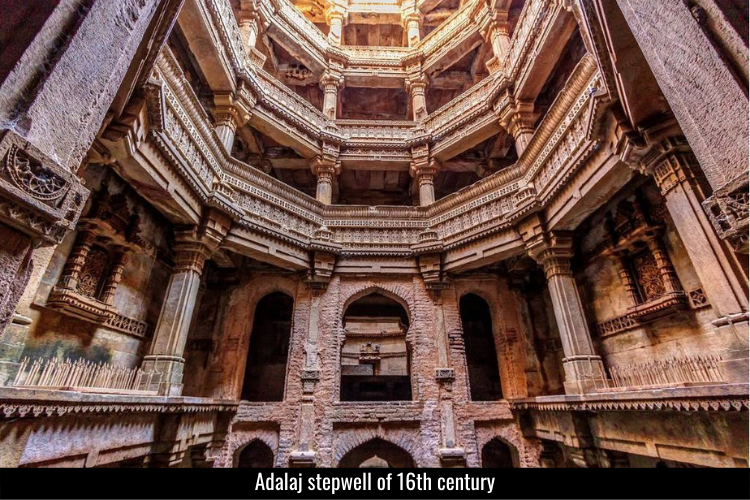
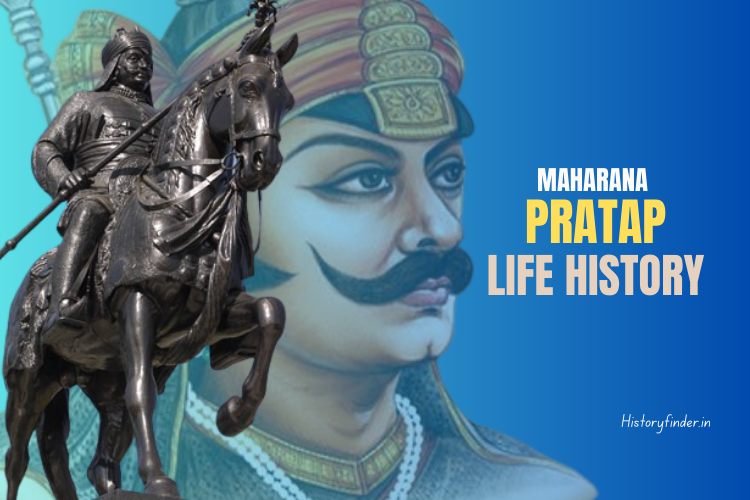
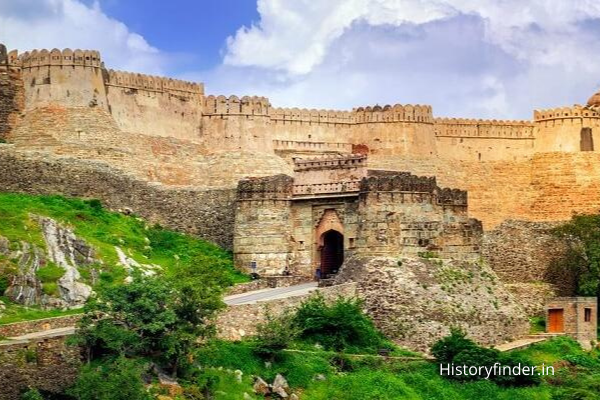
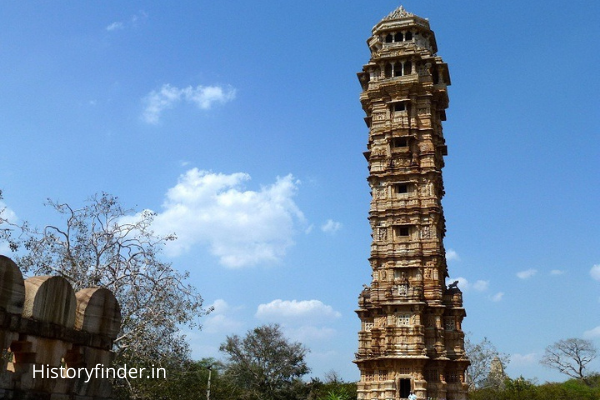
Pingback: History of Kolkata: discovery to independence - History Finder
Pingback: History of Murshidabad: From Glory to Downfall - History Finder